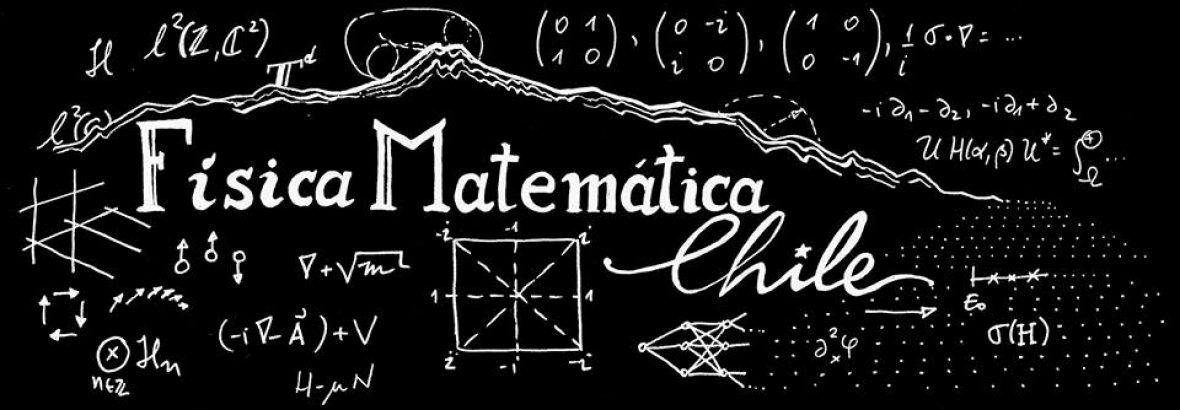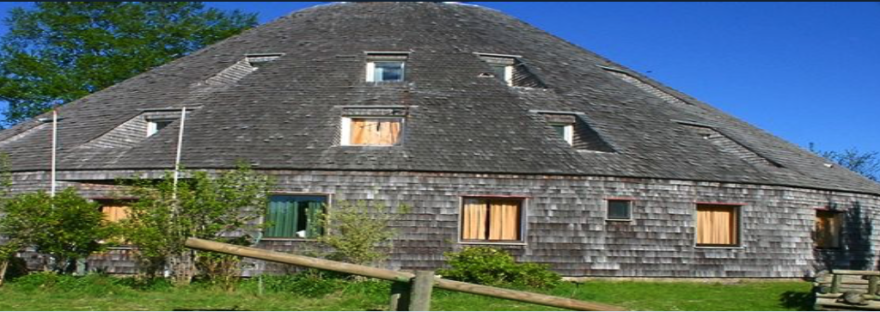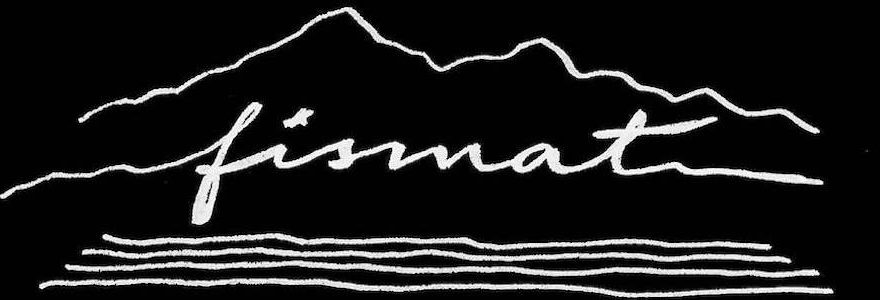From 16th to 18th of December 2024 we will have our first FisMat days in the Ruka in Afunalhue, Campus Villarica of the Pontifical Catholic University of Chile.
The space of the Ruka is very limited, and most rooms are shared. If you are interested in participating, please fill out the form . If you wish to give talk you can write to the organizer Christian Sadel
Prices of registration and stay including meals will be posted soon.
Tentative schedule
The following schedule is only tentative and. will be adjusted. The idea is to give all participants some space to talk if they want to.
| Time | Mon. 16.12. | Tue. 17.12. | Wed. 18.12. | Thu. 19.12. |
|---|---|---|---|---|
| 8:00 - 9:00 | --- | Breakfast | Breakfast | Breakfast |
| 9:00-10:30 | Block 1 | Block 5 | final discussion | |
| 10:30-11:00 | Coffee | Coffee | departure | |
| 11:00-12:30 | Block 2 | Block 6 | ||
| 12:30-14:00 | Lunch | Lunch | ||
| 14:00-15:30 | Block 3 | Block 7 | ||
| 15:30-16:00 | Coffee | Coffee | ||
| 16:00-16:45 | Arrival | Block 4 | Block 8 | |
| 17:00- | Welcome (17:00) | Discussion Session | Discussion Session | |
| 18:30-20:00 | Dinner | Dinner / Lamb | Dinner |
Participants
| Name | University |
|---|---|
| Bourget Olivier | PUC Chile |
| De Nittis, Giuseppe | PUC Chile |
| Miranda, Pablo | USACH |
| Moreno, Gregorio | PUC Chile |
| Sadel, Christian | PUC Chile |
| Spehner, Dominique | UDEC |
| Taarabt, Amal | PUC Chile |
| Van Den Bosch, Hanne | CMM, U. Chile |
Organizers
Christian Sadel and Giuseppe De Nittis.


